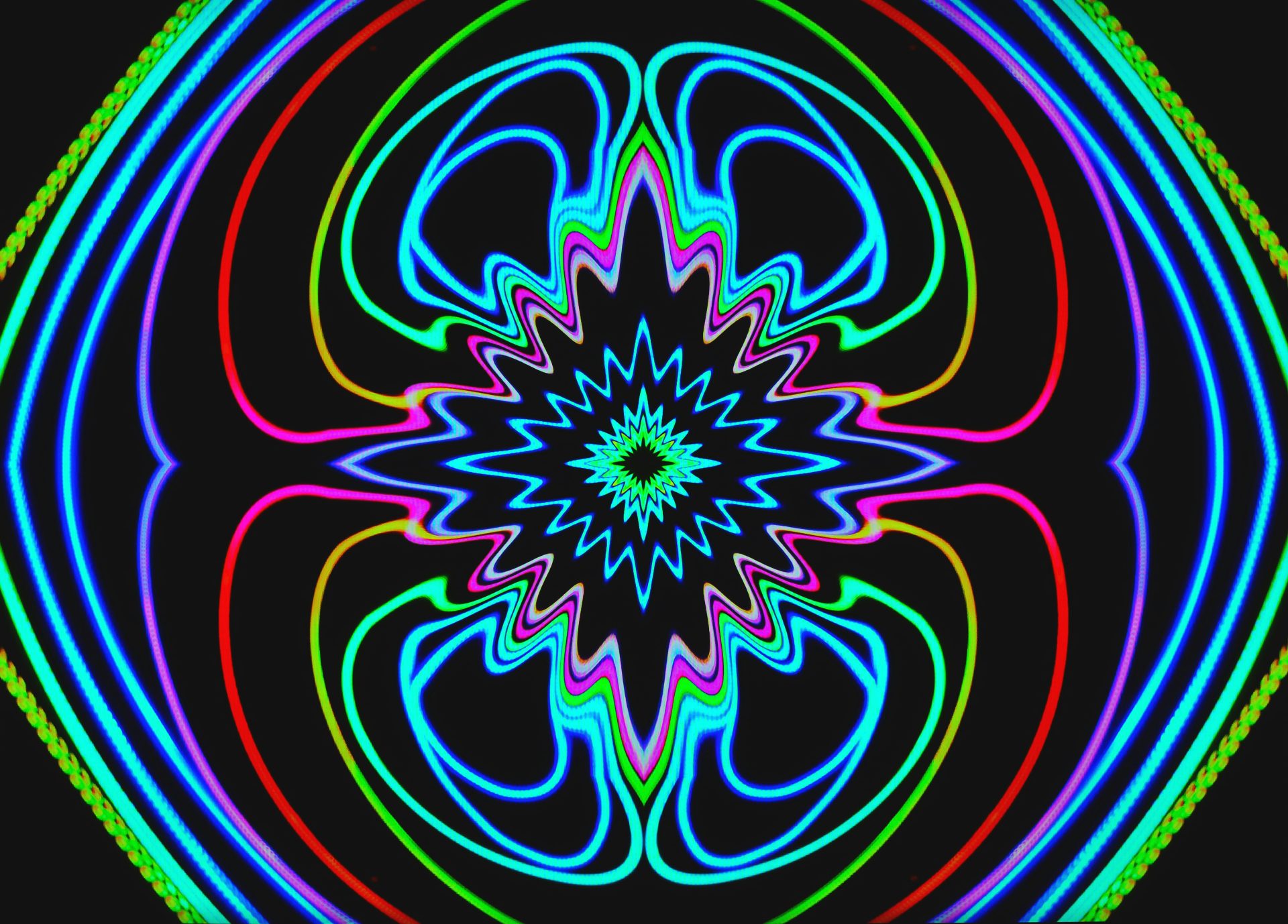Puja Traditions Around the World: Diversity in Devotion

Hey there, amazing readers! 🖐️ Just a quick note: yes, we know there are a lot of ads here. Trust us, we get it—it’s not the prettiest look, but they help us keep this blog alive and kicking. Those pesky little ads cover the costs of all the behind-the-scenes magic, from hosting and tech stuff to creating content we hope you’ll love.
We’re committed to delivering quality posts, and your support (even just sticking around despite the ads) means everything to us. So, bear with us, and thanks for helping us keep the good vibes rolling. Now, on to the fun stuff! 😉
TRANSLATE BUTTON AT THE END OF THE ARTICLE
A Quick Overview
Puja, a sacred ritual of worship and devotion, is practiced in various cultures around the world.
It holds a significant place in the lives of individuals and communities, serving as a means to connect with the divine and seek blessings for prosperity, health, and happiness.
While the essence of puja remains consistent across different traditions, the practices and customs associated with it vary greatly.
From elaborate ceremonies to simple rituals, puja traditions showcase the diversity in devotional practices globally.
This article delves into the rich tapestry of puja traditions around the world, highlighting the ancient roots, modern adaptations, unique customs, and symbolic meanings embedded in these sacred rituals.
Exploring Puja Traditions Worldwide
Puja, known by various names such as pooja, pujo, or poojan, is a form of worship that is deeply ingrained in the cultural and spiritual fabric of societies across the globe.
Whether it is the Hindu tradition of performing elaborate rituals to honor deities or the Buddhist practice of offering incense and prayers at temples, puja is a universal expression of reverence and devotion.
In India, puja is a daily ritual for millions of households, where families offer prayers to deities at home altars or in temples.
Similarly, in countries like Nepal, Sri Lanka, and Thailand, puja ceremonies are an integral part of religious practices, marking important festivals and occasions.
Ancient Rituals and Modern Practices
The roots of puja can be traced back to ancient Vedic traditions in India, where elaborate ceremonies were performed to appease gods and goddesses.
Over the centuries, these rituals have evolved to suit the changing needs and beliefs of communities.
While some continue to adhere to traditional practices, others have adopted modern elements such as using electronic gadgets for prayers or incorporating social media platforms to connect with a wider audience.
The essence of puja, however, remains constant – a sincere expression of faith and gratitude towards the divine.
Unique Puja Customs in Different Cultures
Each culture and community brings its own unique customs and practices to the puja ceremony, adding to the richness and diversity of devotional traditions.
For example, in Japan, the Shinto tradition involves rituals like Kagura dance performances and offerings of rice, sake, and salt to the spirits.
In Bali, Indonesia, the Balinese Hindus perform elaborate ceremonies known as Odalan to honor their ancestors and deities.
Similarly, in Africa, various indigenous tribes practice puja-like ceremonies to seek blessings from nature spirits and ancestors.
These unique customs showcase the wide array of beliefs and practices associated with puja traditions worldwide.
Significance of Devotion in Puja Ceremonies
Devotion lies at the heart of puja ceremonies, guiding the actions and intentions of the worshippers as they offer prayers and perform rituals.
The act of devotion is seen as a way to establish a personal connection with the divine and seek blessings for oneself and others.
Through heartfelt prayers, offerings, and chanting of sacred hymns, devotees express their love, gratitude, and reverence towards the divine beings they worship.
This deep sense of devotion infuses puja ceremonies with spiritual energy and creates a sacred space where individuals can experience a sense of peace and harmony.
Diverse Offerings and Rituals
Puja ceremonies involve a wide variety of offerings and rituals that are specific to each tradition and deity being worshipped.
Offerings can range from flowers, fruits, incense, and sweets to more elaborate items like gold ornaments and precious stones.
Rituals may include chanting of mantras, lighting of lamps, ringing of bells, and performing symbolic gestures like waving of incense sticks or offering water.
These offerings and rituals are believed to please the deities and invoke their blessings, creating a sense of auspiciousness and divine presence during the puja ceremony.
Puja Celebrations Across Continents
Puja celebrations are marked by grandeur and festivity in many parts of the world, with communities coming together to honor their gods and goddesses in a spirit of unity and joy.
In India, festivals like Diwali, Durga Puja, and Navratri are celebrated with great fervor, featuring elaborate puja ceremonies, processions, and cultural performances.
In countries like Thailand, Cambodia, and Myanmar, Buddhist festivals like Songkran and Vesak are observed with puja rituals at temples and monasteries.
These celebrations serve as a time for reflection, renewal, and community bonding through shared devotional practices.
Symbolism in Puja Traditions
Symbolism plays a key role in puja traditions, with each ritual and offering carrying deep spiritual significance and meaning.
For example, the lighting of a lamp symbolizes the dispelling of darkness and ignorance, while the offering of flowers represents beauty, purity, and impermanence.
The ringing of bells is believed to ward off negative energies and invoke the presence of the divine, while the chanting of mantras creates a sacred vibration that resonates throughout the universe.
These symbols and rituals serve as a way to communicate with the divine and establish a spiritual connection during the puja ceremony.
Evolution of Puja Practices
The practice of puja has evolved over time, adapting to changing societal norms, technological advancements, and global influences.
In the modern era, puja ceremonies have incorporated new elements such as online streaming of rituals, virtual puja services, and interactive platforms for devotees to participate remotely.
This evolution has made puja more accessible and inclusive, allowing individuals from diverse backgrounds and locations to engage in devotional practices.
Despite these changes, the core principles of puja – devotion, gratitude, and reverence – remain unchanged, serving as a timeless reminder of the human desire to connect with the divine.
Global Influence on Puja Rituals
Globalization has had a profound impact on puja rituals, leading to the exchange of ideas, practices, and beliefs across cultures and borders.
As people migrate and settle in different parts of the world, they bring with them their puja traditions and customs, leading to a fusion of diverse devotional practices.
This cultural exchange has enriched puja rituals, introducing new elements and perspectives that reflect the interconnectedness of the global community.
Whether it is the celebration of Diwali in a city like New York or the chanting of Buddhist prayers in a European monastery, puja traditions continue to thrive and evolve in response to the changing world.
Unity in Diversity: Common Themes in Puja
While puja traditions vary widely across cultures and religions, they are united by common themes of devotion, gratitude, and reverence towards the divine.
Whether it is the Hindu puja, the Buddhist offering, or the indigenous ceremony, the underlying intention remains the same – to seek blessings, guidance, and protection from higher powers.
This shared sense of spirituality transcends boundaries and differences, fostering a sense of unity and interconnectedness among individuals and communities worldwide.
Through puja traditions, people come together to celebrate their faith, honor their beliefs, and cultivate a sense of harmony and peace in a world filled with diversity.
Puja Traditions in the Digital Age
In the digital age, puja traditions have adapted to new technologies and platforms, allowing for virtual participation and remote worship.
Online puja services, live streaming of rituals, and interactive apps have made it easier for devotees to engage in devotional practices from the comfort of their homes.
This digital transformation has opened up new possibilities for connecting with the divine, reaching a wider audience, and preserving cultural heritage through innovative means.
While traditional puja ceremonies continue to be practiced, the digital age has added a new dimension to devotional practices, enabling people to experience the sacred in a modern and accessible way.
Preserving Cultural Heritage Through Puja Rituals
Puja rituals play a crucial role in preserving cultural heritage, passing down ancient traditions, beliefs, and practices from one generation to the next.
By engaging in puja ceremonies, individuals and communities uphold their cultural identity, values, and customs, ensuring that the spiritual legacy is preserved for future generations.
Through rituals like Diwali, Hanukkah, or Ramadan, people connect with their cultural roots, celebrate their shared history, and reinforce their sense of belonging to a larger community.
Puja rituals serve as a bridge between the past and the present, linking individuals to their cultural heritage and nurturing a sense of pride and continuity in an ever-changing world.
Conclusion
Puja traditions around the world exemplify the diversity in devotional practices, showcasing a rich tapestry of customs, rituals, and beliefs that reflect the spiritual essence of different cultures and communities.
From ancient Vedic rituals in India to modern adaptations in the digital age, puja ceremonies have evolved to meet the needs and aspirations of devotees worldwide.
Through offerings, prayers, and symbolic gestures, individuals express their love, reverence, and gratitude towards the divine, seeking blessings for prosperity, health, and happiness.
As puja traditions continue to thrive and evolve in response to changing times, they serve as a reminder of the universal desire to connect with the sacred and find meaning in the midst of diversity.

The Enlightenment Journey is a remarkable collection of writings authored by a distinguished group of experts in the fields of spirituality, new age, and esoteric knowledge.
This anthology features a diverse assembly of well-experienced authors who bring their profound insights and credible perspectives to the forefront.
Each contributor possesses a wealth of knowledge and wisdom, making them authorities in their respective domains.
Together, they offer readers a transformative journey into the realms of spiritual growth, self-discovery, and esoteric enlightenment.
The Enlightenment Journey is a testament to the collective expertise of these luminaries, providing readers with a rich tapestry of ideas and information to illuminate their spiritual path.
Our Diverse Expertise 🌟
While our primary focus is on spirituality and esotericism, we are equally passionate about exploring a wide range of other topics and niches 🌍📚. Our experienced team is dedicated to delivering high-quality, informative content across various subjects ✨.
To ensure we provide the most accurate and valuable insights, we collaborate with trusted experts in their respective domains 🧑🏫👩🏫. This allows us to offer well-rounded perspectives and knowledge to our readers.
Our blog originally focused on spirituality and metaphysics, but we’ve since expanded to cover a wide range of niches. Don’t worry—we continue to publish a lot of articles on spirituality! Frequently visit our blog to explore our diverse content and stay tuned for more insightful reads.






